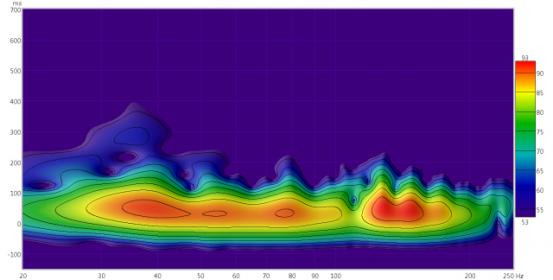Did you try measuring with the existing Modex Plates on the back wall? BTW, how much do they cost in the UK?
I stayed several times in the zone of South Kensington in my youth with colleagues when visiting London - the zone is plenty of small non expensive hotels always full of young people. I remember we changed trains at Notting Hill Gate to go shopping electronic parts and hardware at Tottenham Court Road and LPs at the HMV of Oxford Street. Sometime in the end of the 70's ...
In the end I didn't. Jason continued to recommend the front because of the likely pressure build up in the alcoves and I just can't get one in the corner on the right of the rear wall without impairing the door. They're £490 for the Type 2 in the UK ($762). That's with 20% VAT included (which one would not pay if exporting). I'm glad to hear Nyal's comment re where they're produced. I was beginning to wonder if the European model somehow cut corners! It's unusual to find something cheaper here than in the US.
London has changed a lot since the rather depressed state of the UK in the 70s. It's now truly the capital of the world (until Shanghai takes over).
EDIT: Having said all of that, I am fast coming to the conclusion that I should add another two on the rear wall - even if it slightly impairs the door (and even if they have to be removed when moving certain large objects out the door)
Last edited:











